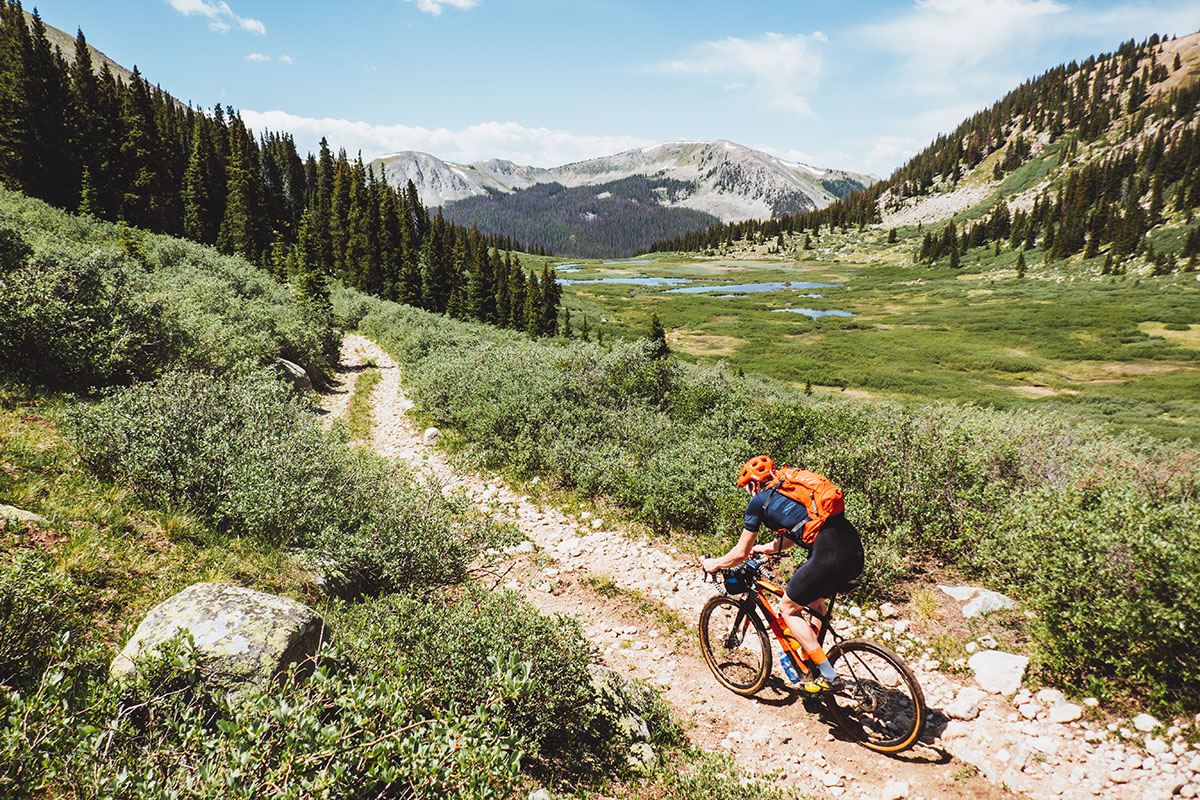
Steve The Intern
Rodeo is a slow company.
- ,
- , Adventures
It is about 4pm on Friday (Date). Nick and I have just completed a seldom or never ridden dirt and gravel ride over three remote Colorado mountain passes approaching or exceeding 12,000 feet above sea level. We’re smashed. Smashed, if you are unfamiliar with the term, is a word that the kids these days use in place of “exhausted”. I think it’s a great descriptor.
The route totaled seventy miles, give or take a few miles. On paper seventy miles is a noble distance, but with all the big gravel races banging out 100-200 miles these days is 70 miles even worth mentioning?
Rides can’t only be measured in distance though, they must also be meausred in frequency of obstacles, guage of rocks, thinness of air, and probability of injury or death by afternoon lightning strike. There are even more ways to measure a ride. How mentally demanding was it? Was the ride demoralizing? Was the ride beautiful? How much of the ride required hiking? Those are metrics that typically get thrown around on Rodeo rides.
Nick and I sat around the car after the ride, kitted down, packed, up, and even though the journey we had just completed was only ten minutes old we started recalling it and processing it out loud.
“Which was the worst pass?” I asked Nik.
“Tincup.” he answered. He was right of course. Tincup was brutal. It was the third and final pass of the day. It was a pass that exited the somewhat living ghost town of Tincup then proceeded up a valley on a road that stealidy increased in pitch and decreased in road surface quality until all that remained was a goat track more adapted to ripping oil pans from under four wheelers than it was for travel by bike.
We were already spent by the time we summited Cumberland, the second pass of the day, and arrived at the base of Tincup Pass. When you do a big exploratory loop on a bike it doesn’t matter if you are tired after the second pass; You either press on to conquer the third pass or you look for a bed in a somewhat living ghost town. We had brought no cash with us on the ride and the Snow Cone vendor selling cups of heaven on Tincup’s main drag didn’t smile at us when we told her that. If we couldn’t score a free snow cone the chances of scoring a bed in a ghost town were probably even lower.
“I can’t believe we got over that third pass.” Nik said. I coudn’t believe it either.
When you look at any given route on the map you only see raw data. Even if you pull up Google Earth and look at the route in 3D you really don’t get a full sense of the effort required to conquer what you are about to bite off. That’s the attraction of this style of riding actually. We all know what the routes outside our relative doorsteps look like and we want more. We want routes that scare us from time to time.
You only really know how demanding a new Colorado route will be after you are well into it, dwarfed by the 14,000 foot peaks surrounding you, mountains as plentiful as ocean waves. You yourself are as tiny and as insignificant as small boat tossed about. As it should be, I say. That is a great gift that mountains like The Rockies give you: They are something large against which to measure yourself and discover your own smallness, lest your ego tell you that you are somehow big.
Nick and I ride at the same speed on rides like this. There is no compulsion to be fast or to hammer your riding partner by ratcheting up the pace. The endeavour is a shared one, the satisfaction comes from seeing the day through multiple perspectves and sharing them during and after the ride’s conclusion.
I was suprised and caught off guard with Nick’s next question.
“Do you think that you could have done this ride faster by yourself?” he asked.
I didn’t know what to make of the question. I didn’t understand why he was asking. We both knew that speed had nothing to do with the day’s ride. Speed wasn’t the point.
This question has stuck with me for months. I think about it all the time. I find myself running the day to day of Rodeo, plotting its course, then suddenly I am assulted by the same question: “Could we have done this faster?”
I love Nick, but I hate this question. I think I hate it because somewhere within the question is the assumption that faster is better.
Faster is the default aspiration of our age. Faster phones, faster cars, 1 click checkout, 10 minute workouts, miracle speed diets, etc etc. But faster phones, faster cars, 1 click checkout, and 10 minute workouts haven’t made anyone any happier. Miracle speed diets are probably downright dangerous.
I don’t want to be faster. I want to be happier.
Fast seems to be a question driven by youth, and happier seems to be a concept driven by age. In my 20s and early 30s I was driven to be as fast as I could be and I found tremendous enjoyment in the pursuit. I entered every race that I could and worked hard to be competitive. I love criteriums, I loved cyclocross, I loved road racing. I loved mountain bike racing. Occasionally I was good at going fast. Mostly I was average. I was hounded by the quest to see how fast I could be. Carbon everything. Ti bolts. Coffe, hold the cream. No dessert!
The more I raced the more my potential came into focus: I was destined to be a middle of the road Cat 3 with occasional standout moments. In a way the question of how fast I could was answered into my early 30s and the luster of speed slowly wore off. I found myself less driven to get from point A to point B as quickly as my legs could take me. I no longer needed to define my athletic abilities in the context of prevailing over others.
New challenges have caught my imagination since then. The new challenges don’t have so much to do with speed. The challenges that The Rockies represent are the apple of me eye. What metaphoric gold lies in those hills? How much of it can I access by bike, under my own power? There is bottomless inspiration and endless discovery up there. Forging deep into the remote parts of the Rockies makes me deeply happy. I don’t care about speed. I don’t care about how fast I’m going. I care about the journey. I care about the view. I care about the company I keep.
Speed sells. Take a look at the top cycling brands and even the top gravel bikes and you can see that fast, sleek, and sexy are very marketable and profitable. We’ve all been trained by the constant drum beat of the cycling marketing machine to seek out speed as the ultimate ideal.
“Go fast! Fast like the Pro Tour, fast like the champions, faster than your friends! Fast will make you happy!”
Aero!
Light!
Stiff!
Sleek!
Beautiful!
Fast can make you happy. Fast does make you happy. But fast is the cotton candy of happiness. The minute you taste it it dissolves and leaves you wanting more.
The more I’ve thought about Nik’s question the more i realized that the answer to this question completely defines Rodeo. The answer is most definitely “yes”. I could have ridden our route faster by myself, but by doing so we would have lost the purpose and soul of why we were out there riding together in the first place.
I don’t want to go faster by myself. I want to go slower with friends.
I want to talk while I ride. I want to stop and gaze at the view. When I turn the corner a half mile later and see an even better view I want to stop again. Rinse, repeat times ten.
I want to take photographs, make a video, fly the drone around, and document the experience. I want to pause long enough to watch clouds build up and mingle with the peaks above us. I want to wait for people who are lagging and swap notes about how hard that climb was. I want to circle back and encourage people and make sure everyone is OK and having fun.
This is me, and this is also Rodeo Adventure Labs.
We could make “faster” bikes but the function of our bikes is primarily to be reliable and functional. After that they are also for curating experiences, adventures, and friends. Somtimes, when sufficient pressure is placed on the pedals, our bikes do also move briskly.
We could make and sell more bikes if we had a “faster” business model. More debt, more inventory, and more distribution channels are not difficult to execute.
More marketing. More hype. More influencers! I worked in the advertising industry with the largest brands in the world for almost twenty years. I know how that game is played and I chose not to play it with Rodeo. I do not want to sell cotton candy. I want to represent something else entirely.
So instead of going fast we make fewer bikes, sell them slower, but spend more time on each bike tailoring it to each customer. Along the way we’ve made relationships that go beyond the money-for-product transaction. I no longer know the name of every single person who owns one of our bikes but I know a lot of them and many of them are now friends.
We could hire someone so that I never have to answer the phone or I can slow chose sometimes to slow down enough to pick it up myself and talk on the phone for an hour and a half with the guy who wants to buy a Spork but also wants to tell me about how he just got hit by a car and has a lengthy recovery ahead. Sometimes people just need someone to talk to and there is no money on the other side of the transaction.
I do not hate speed. I do not hate profit. I would love to sell more bikes more efficiently. But I think if Rodeo is unique it is because our bikes and our rides have a bit of soul. I don’t know where the tradeoff between soul and commerce begins and ends so when in doubt I try to err towards soul.
Soul is slow.
Could I have done this faster?
The answer is no. For the time being Rodeo cannot do anything faster and still be Rodeo.
Rodeo is a slow company and the payoff is priceless.

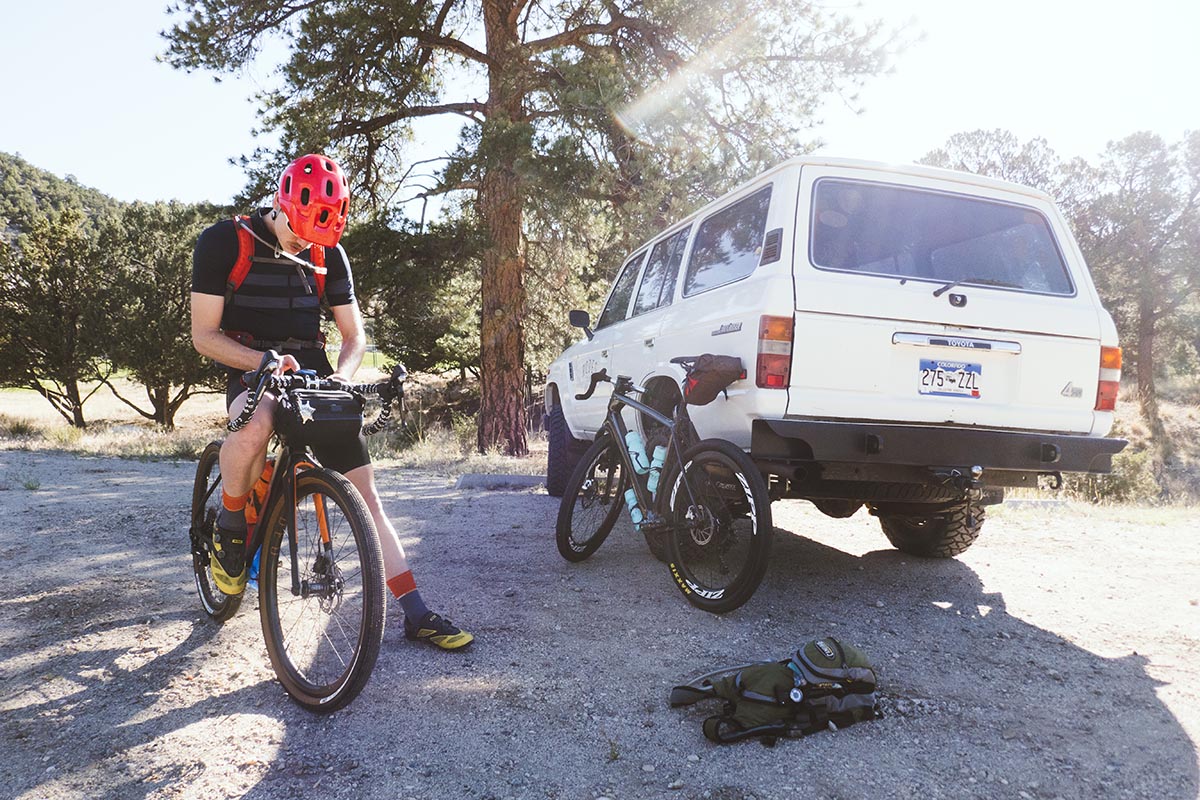
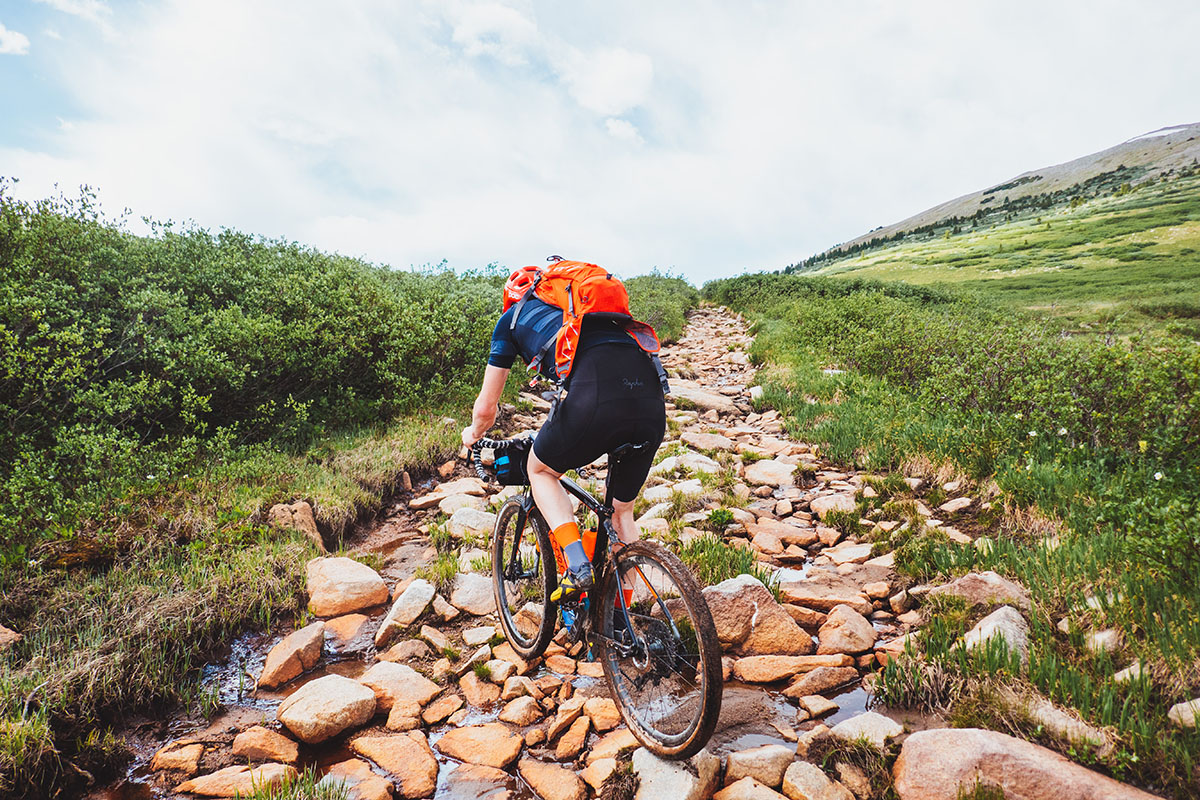
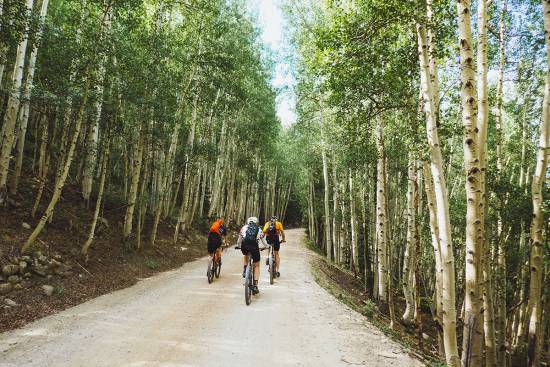
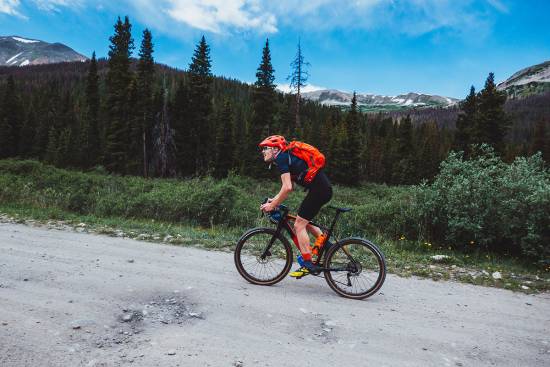
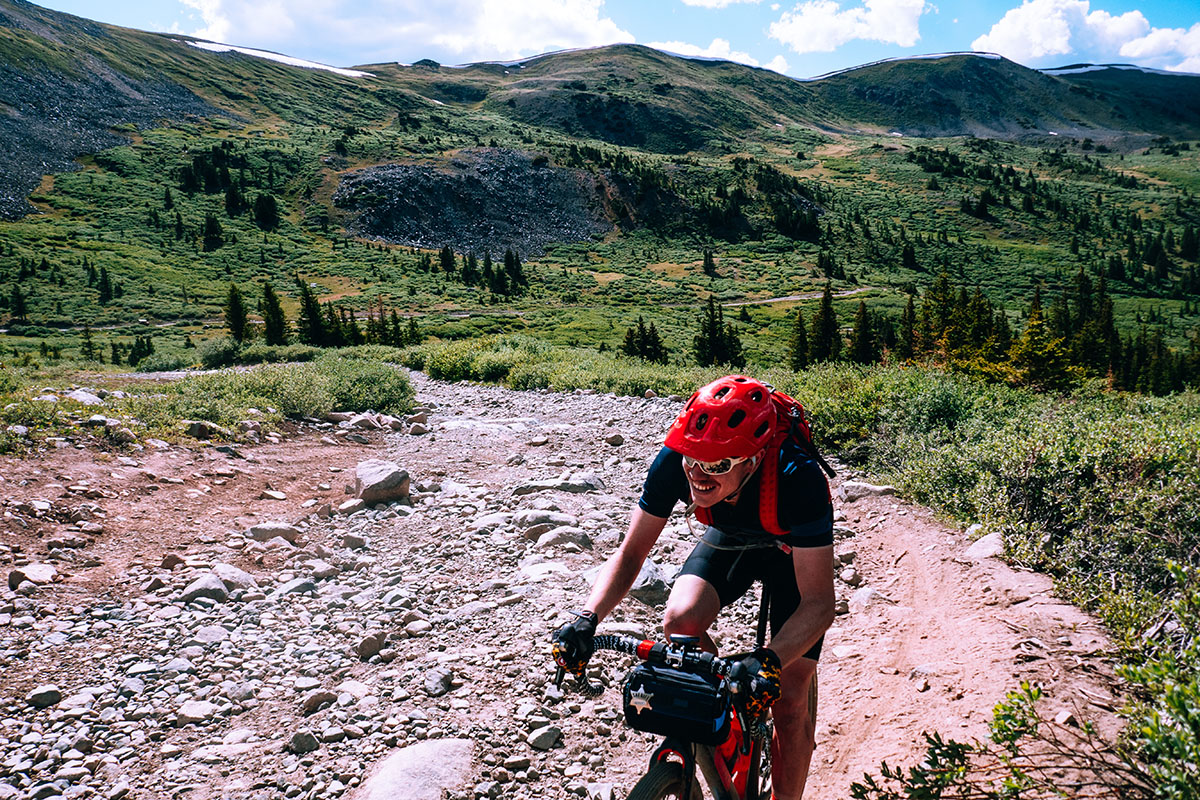
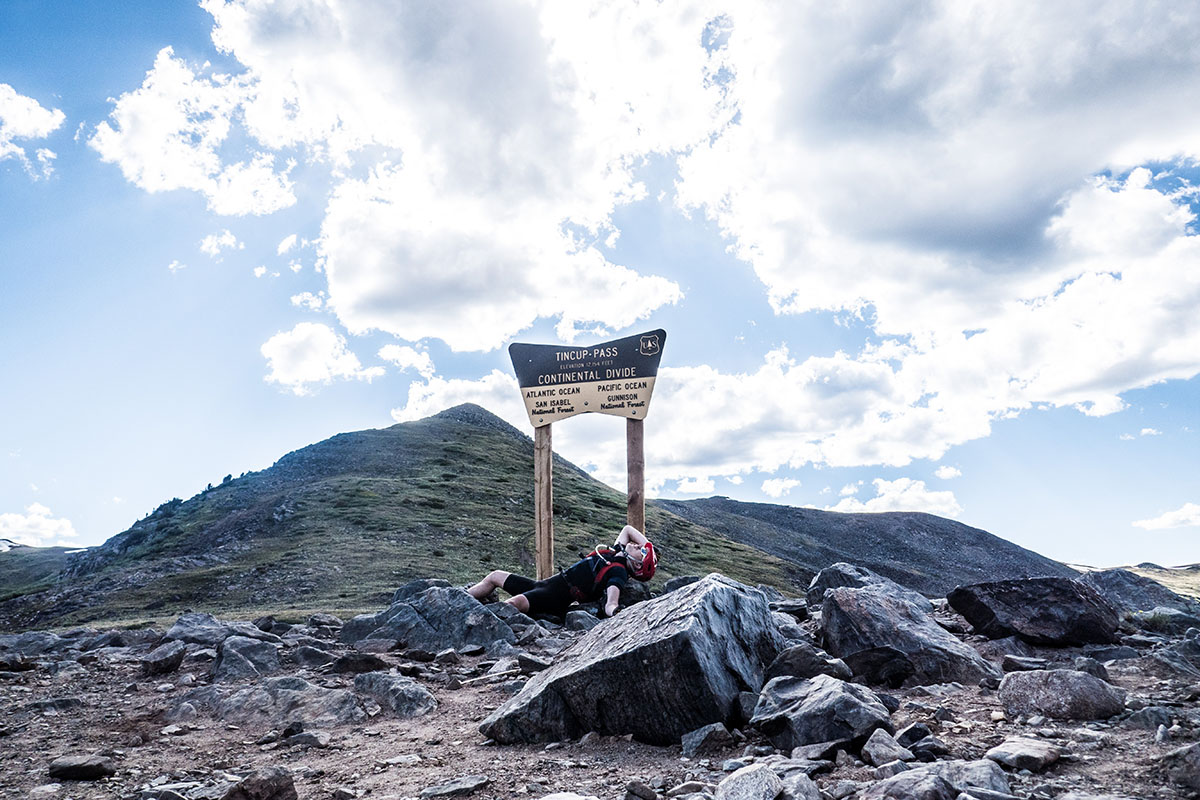
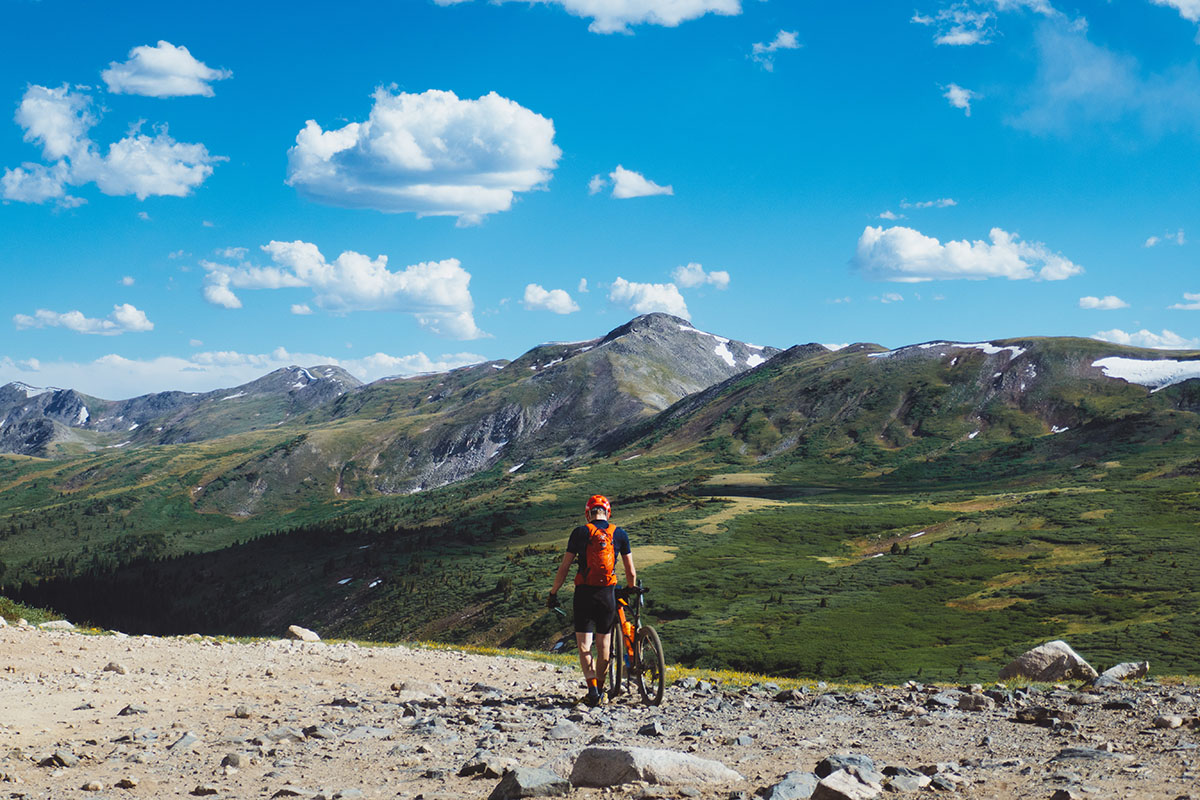
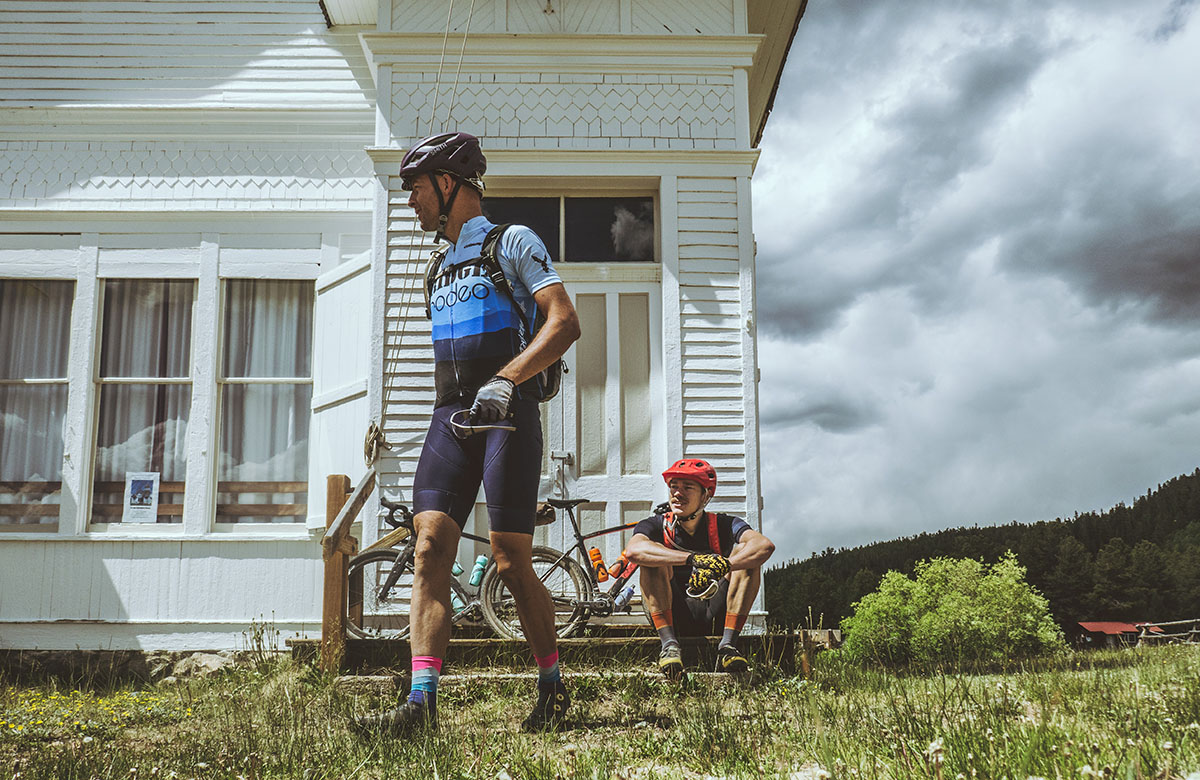
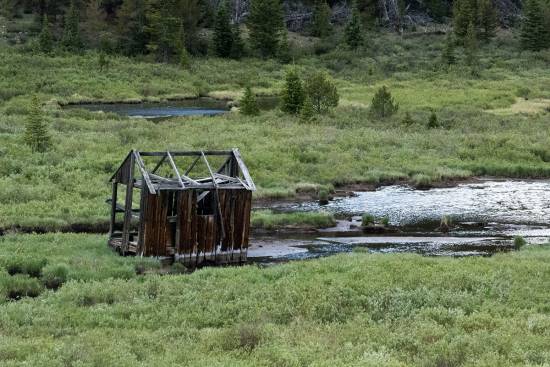
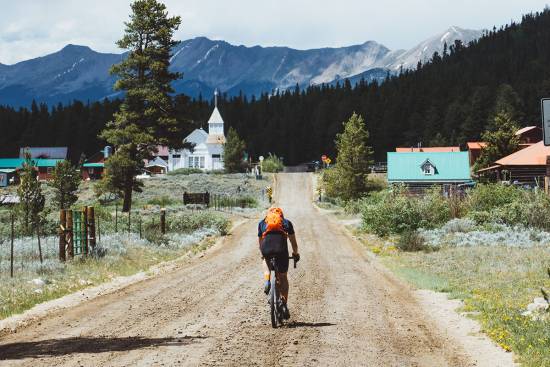
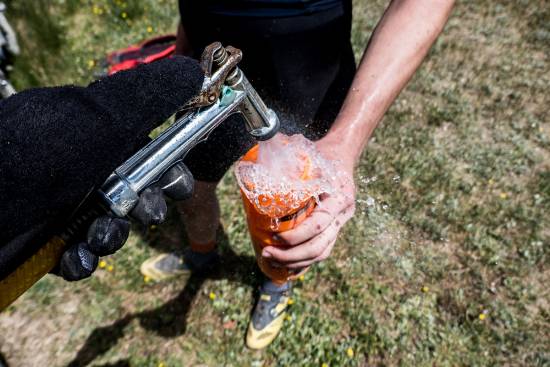
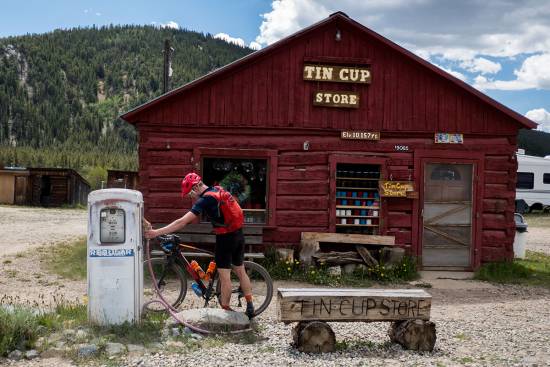
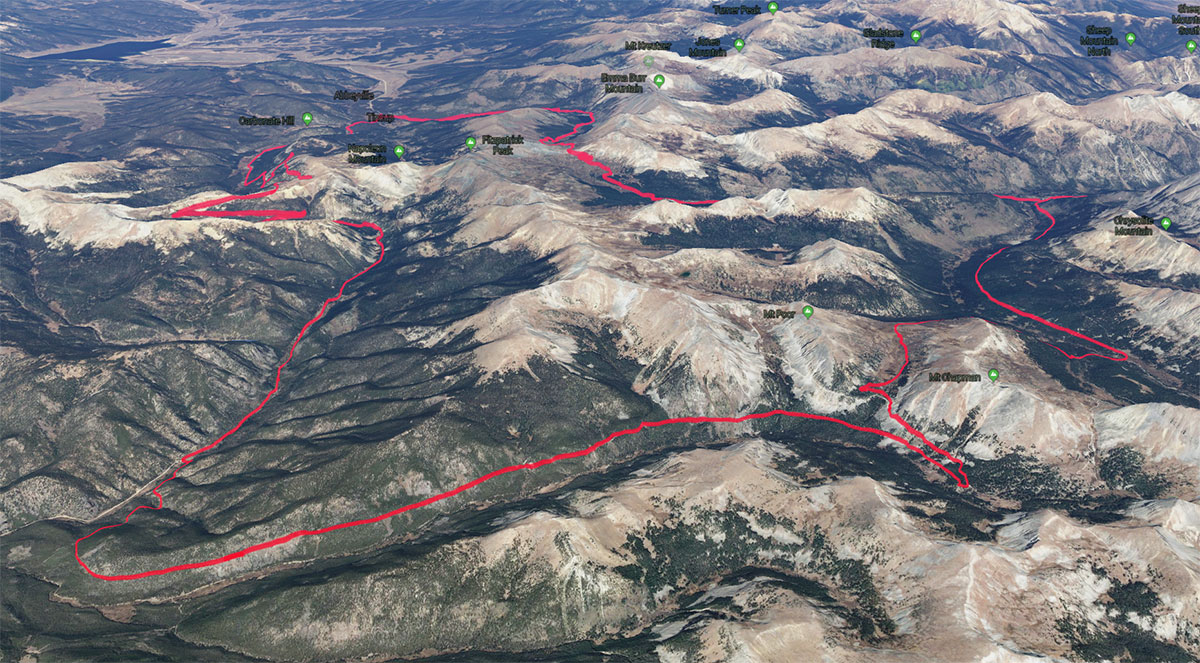
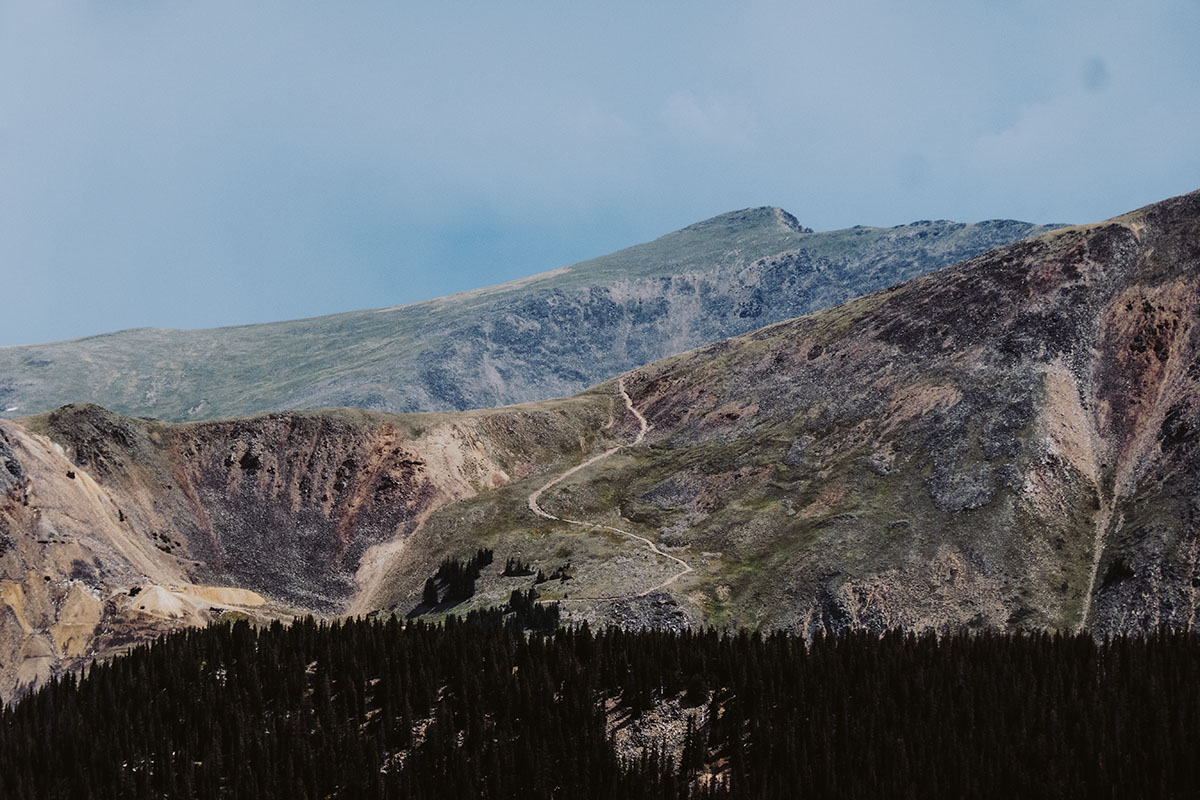
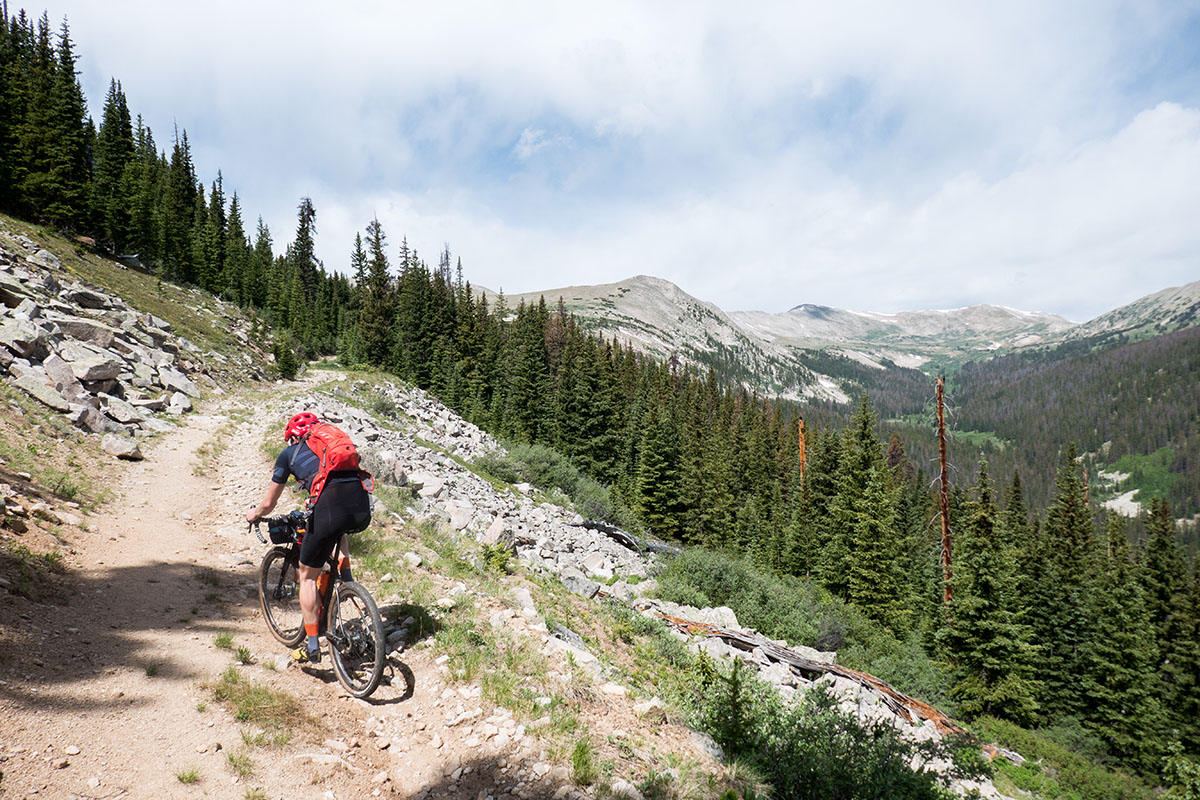
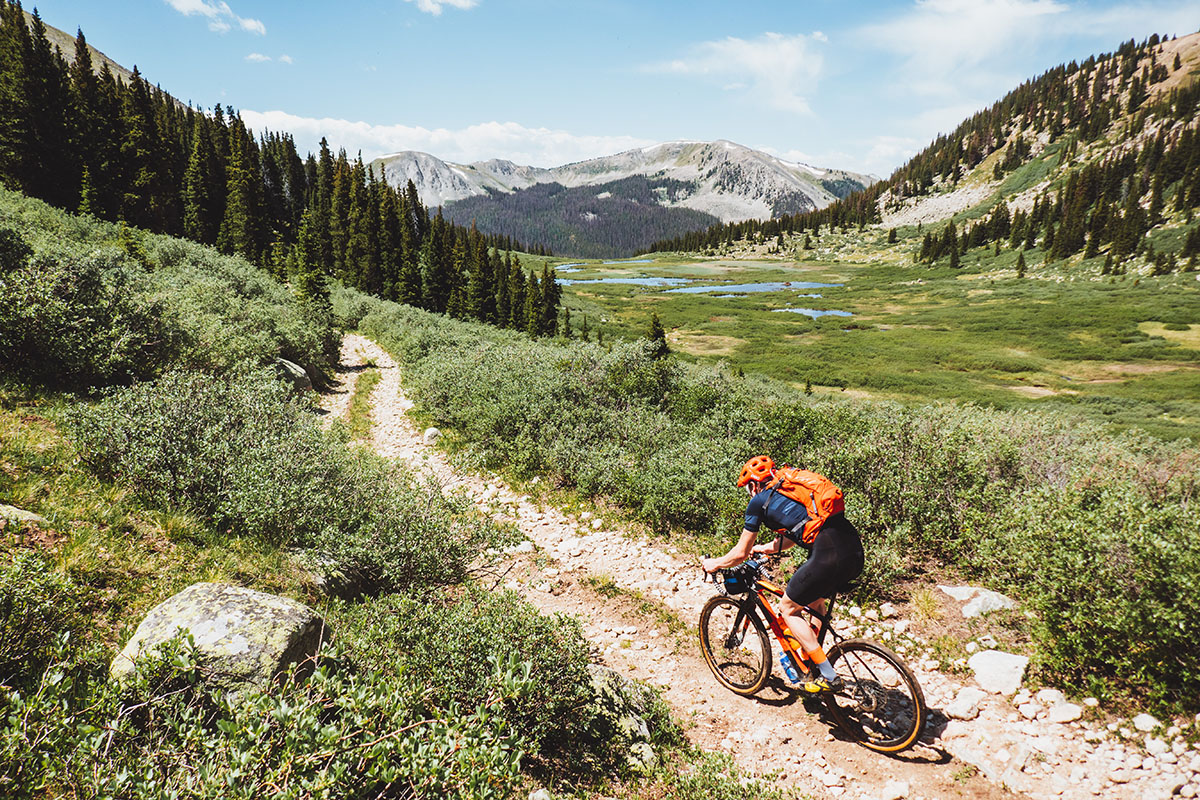
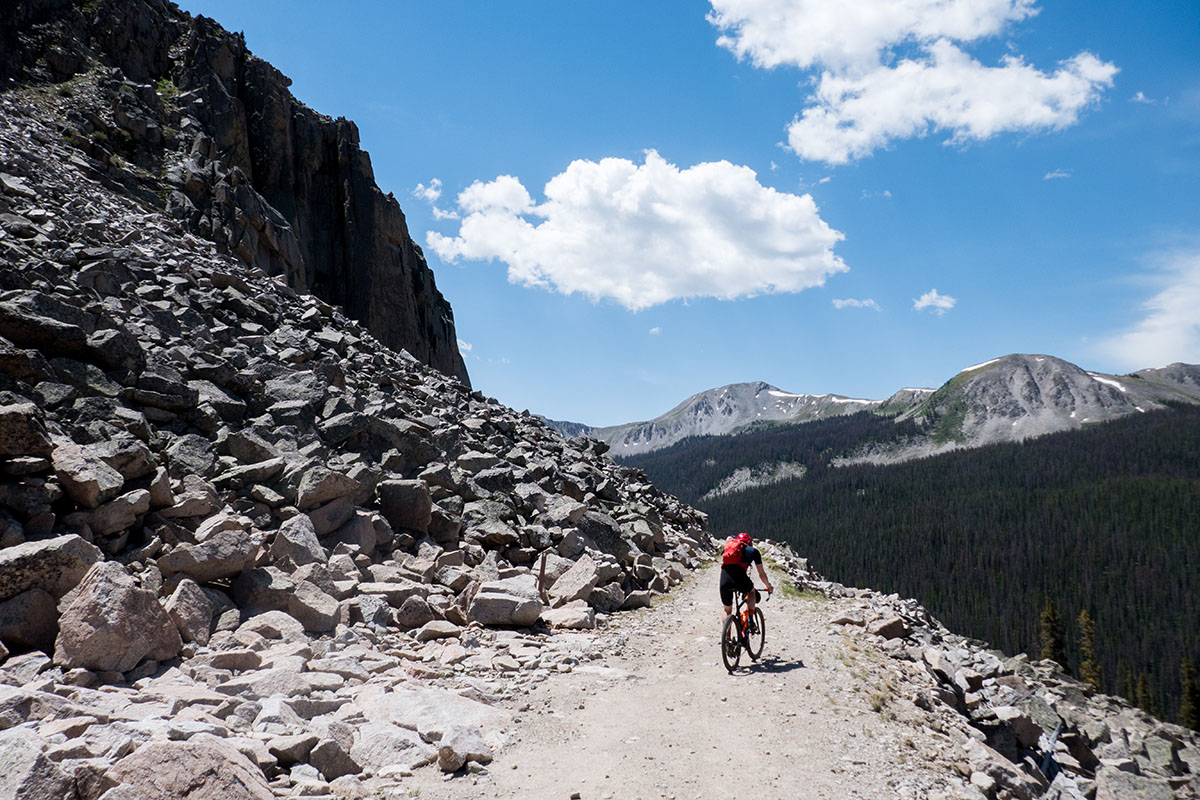
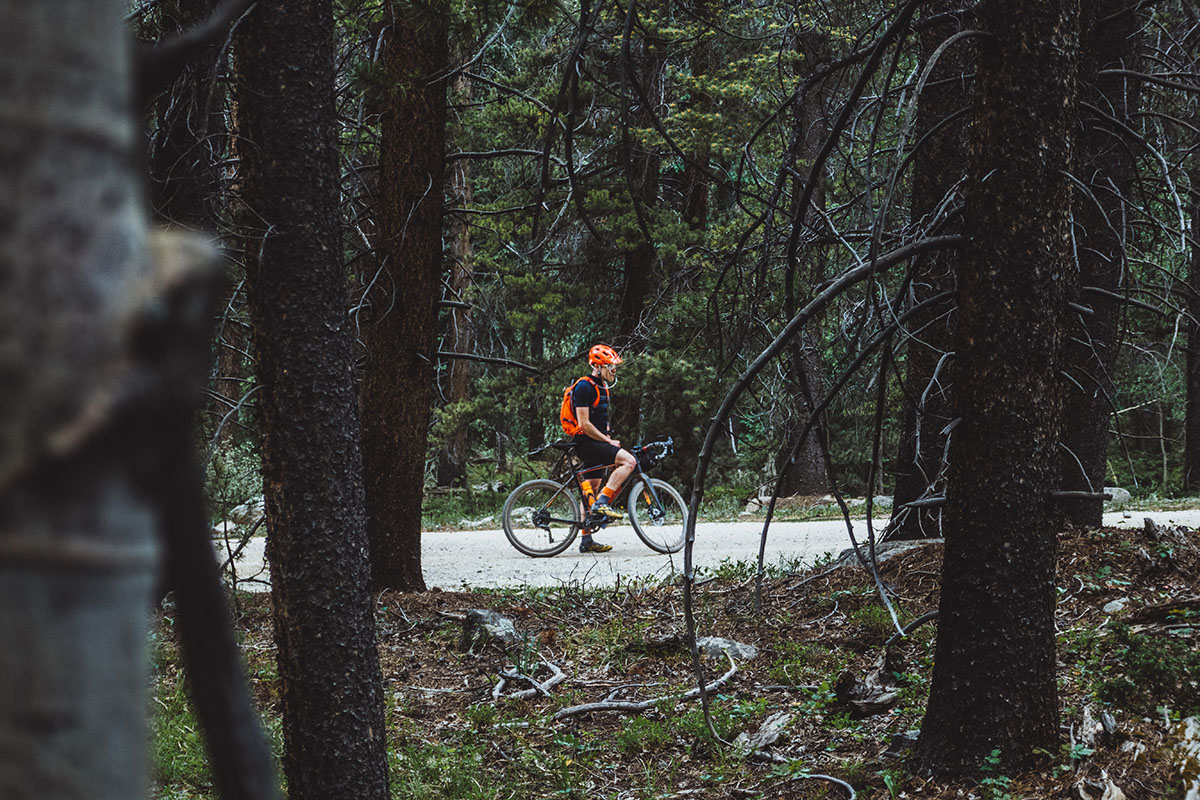
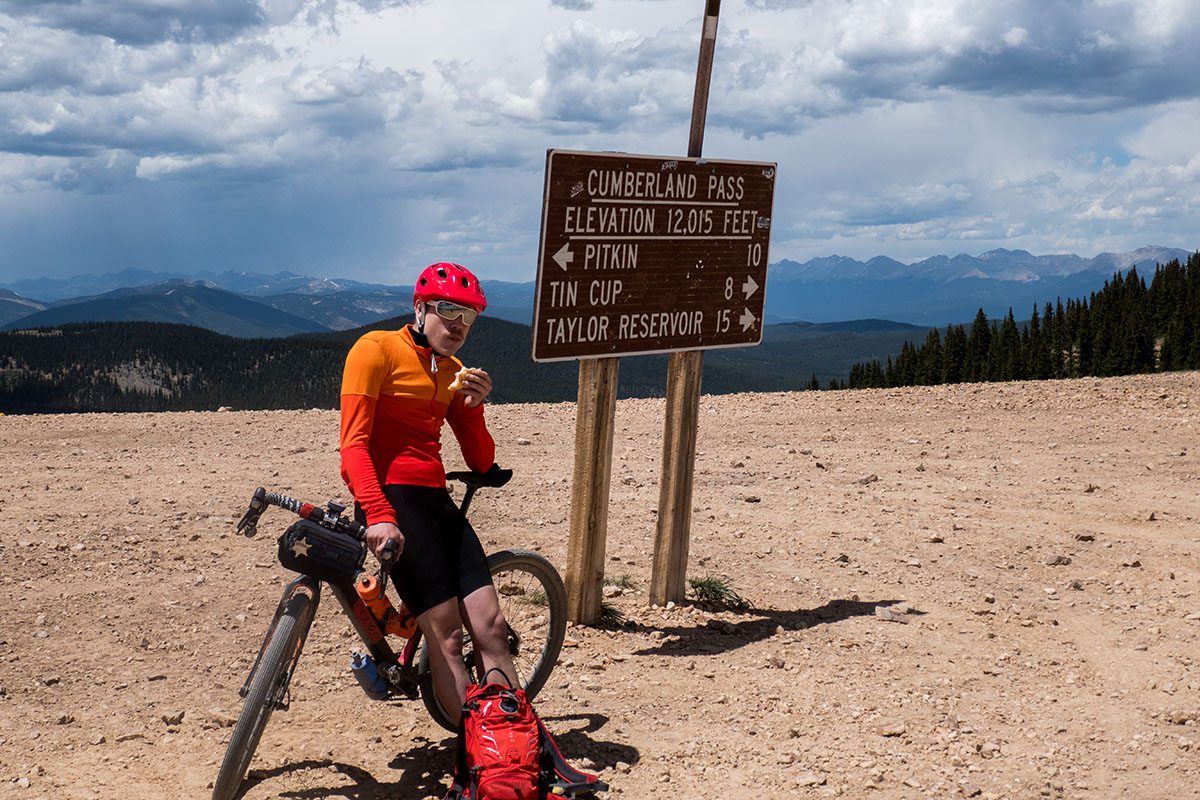
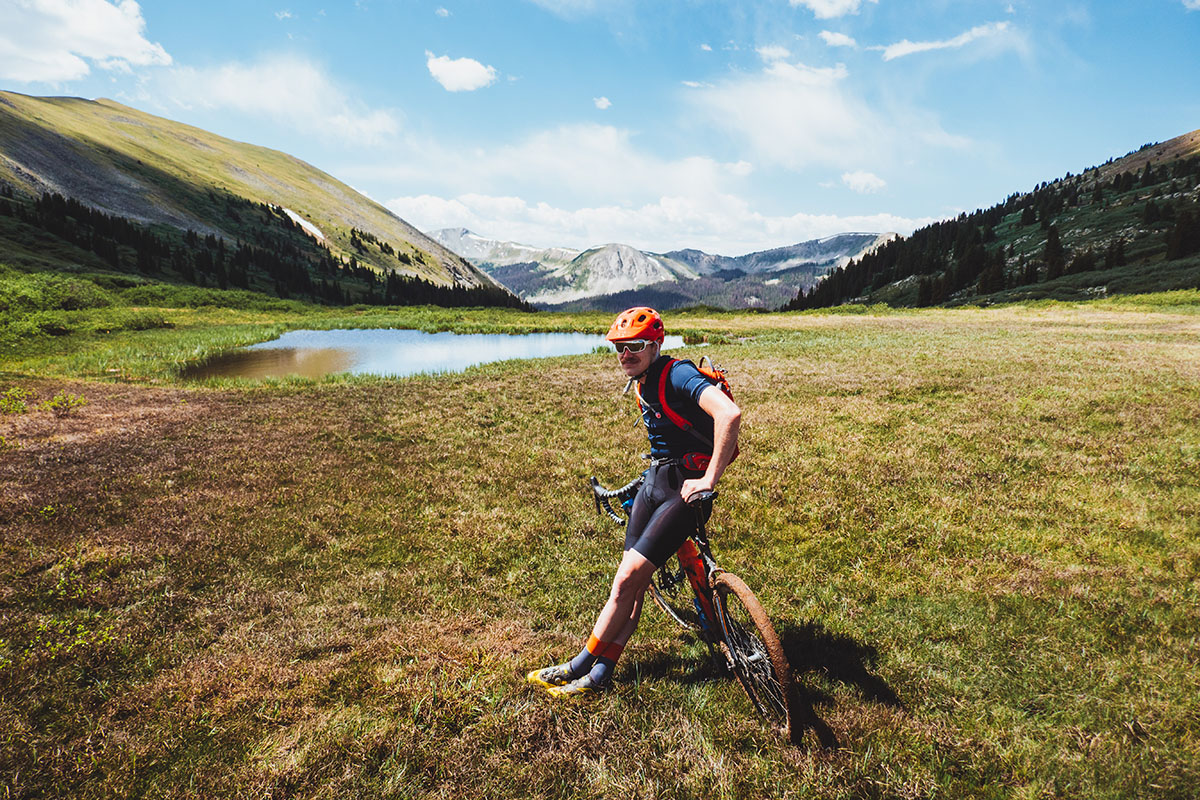
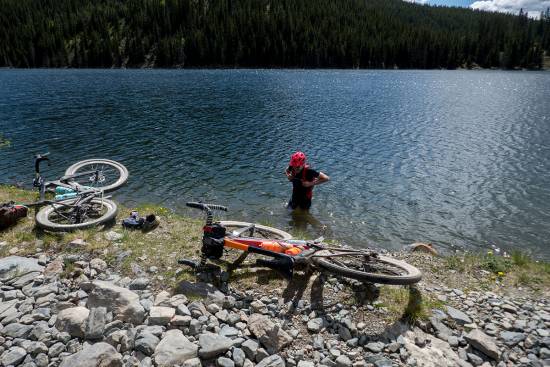
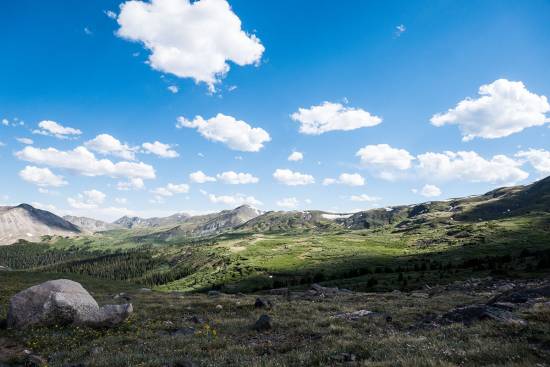
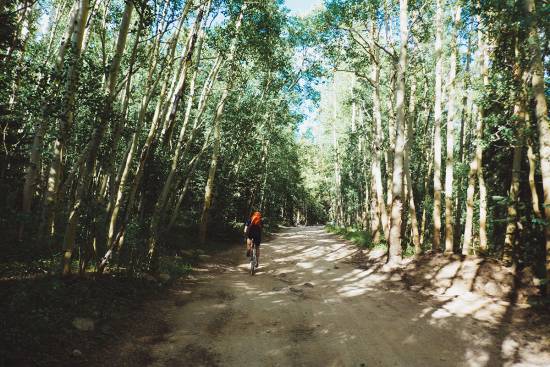
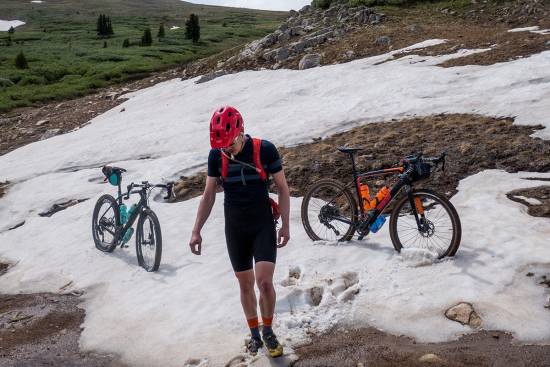
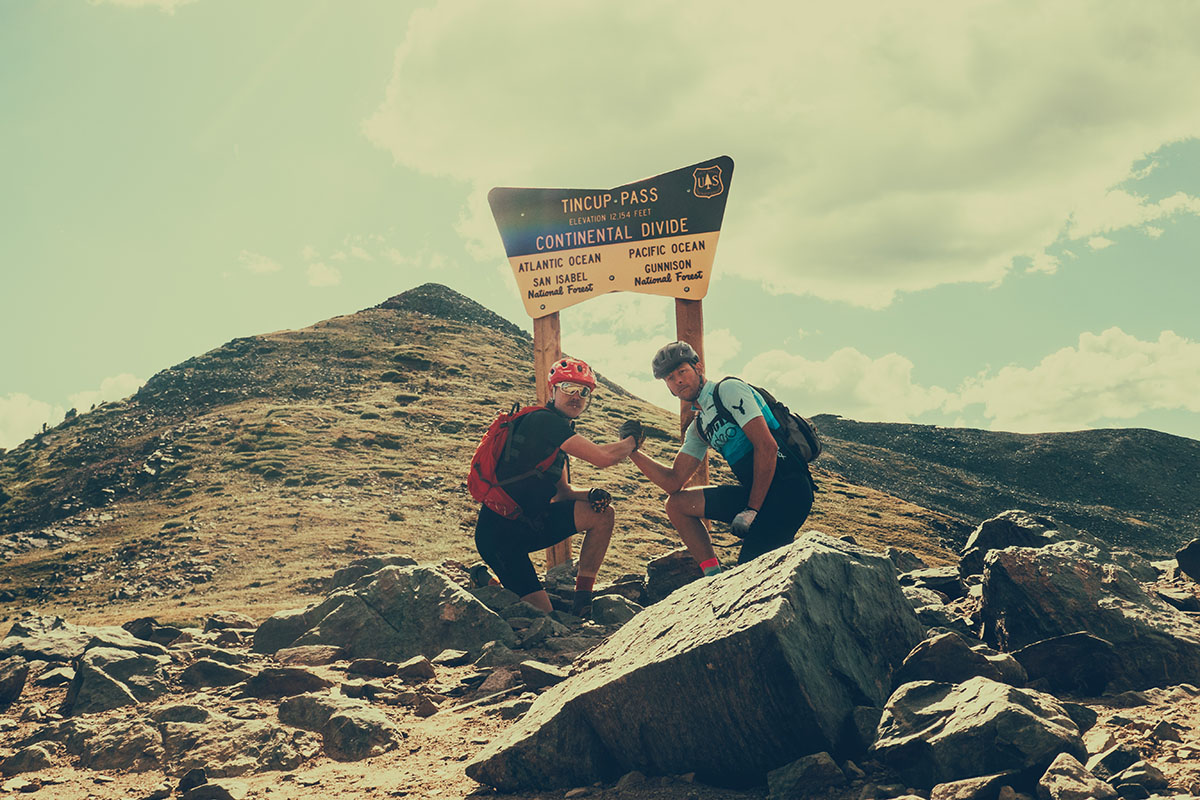
3 Comments
This was a great read.
I have just been in the process of choosing my new bike, and this aligns so well with my decision journey, which ended up being more than just choosing a bike. Physically, fast and long rides are no longer an option and probably won’t be again, but accepting that at age 37 is not easy… So the process of finding the right bike became just as much a mental journey for me figuring out why it is I love being on a bike, and what is most important for me in that respect – and in life in general – so it ended up being a rather existential experience. Rodeo seemed to match my way of thinking on and off a bike, and this piece just confirmed that. Fun thing that finding a bike can do this to you, but basically riding my bike is just as much an mental as a physical experience. Can’t wait to get my Flaanimal in Feb and go on loads of slow, beautiful rides :)
Cheers,
Anders, Denmark
The grupetto will always be my home. It’s all about the camaraderie, never the ‘race’. Place over Pace.
I have actually found this true of life on 4 wheels–my propensity to take the US Highway system over The Eisenhower Interstate system is growing by the trip. I cannot recommend US-50 (especially So.Colorado) and US-60 (the Salt River Gorge is amazing) highly enough.
Get out there and live the Slow Rodeo Life…..
I enjoyed the read and I appreciate that you stopped to take pictures, too. What a beautiful ride! I am always struck by the variety of scenery and vistas that you get time to appreciate on multi-day rides!